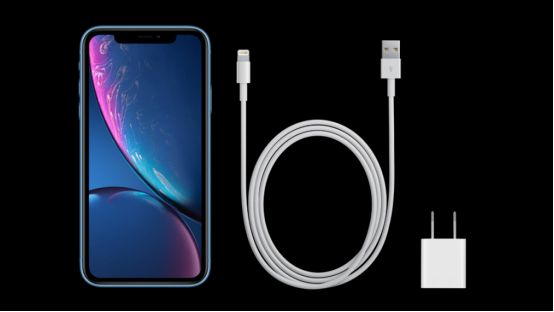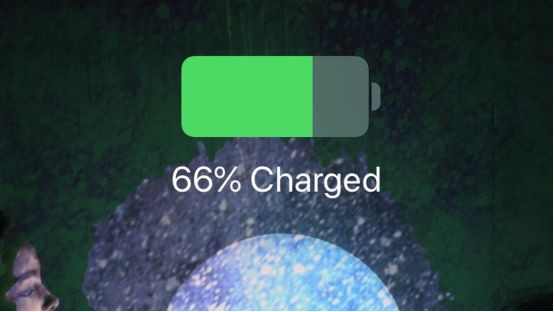4 Tips to Charge Your iPhone Properly
2023-02-28
4 Tips to Charge Your iPhone Properly
iPhones are remarkable devices, but once the battery runs out, they lose their luster. That's why it's important to take care of the inside of your battery and make sure you always charge it properly.

Should you charge your phone overnight? Or can you charge your phone with any charger?In this article, find out what steps you need to take if you want your iPhone to last late into the day and stay that way for as long as possible.
1. Do Not Charge Your Phone Overnight
Since the advent of smartphones, the most common way to charge them has been to plug them in while sleeping, then disconnect them in the morning when they are fully charged.
This made sense when batteries took a long time to fully charge, as lying in bed for eight hours gave both the user and the device time to recover from the previous day's exertions.
But now, with the dramatic reduction in battery charging time, it's time to rethink how to refill the tank.
Apple stated that iPhone uses lithium-ion batteries because they "charge faster, last longer, have higher power density, are lighter and endure longer". These are all good features,but one thing Li-On is not really keen on is being reduced to 0 percent and then back up to 100 percent each day.
Like many other companies, Apple recommends that you keep your iPhone battery between 30 and 80 percent charged. Charging to 100 percent is not ideal, and while it doesn't necessarily damage the battery, frequently reducing the charge to 0 percent can lead to premature battery drain. There are exceptions to this rule, and to keep the battery in good condition, a full charge once a month is considered a good charging frequency..
For all other cases, however, the best practice is to fully charge the cell periodically during the day so that it stays in top condition. Hopefully, this will keep the cell healthy for as long as possible. To make this easier, we recommend that you have an extra charger at work or in your car so that you can plug your iPhone into it when you notice that the battery is starting to run low.
2. We Don’t Recommend You Charge Your Phone with Any of the Chargers
If possible, you should use the charger that came with your device. If you're using an iPad, the charger that comes with it is also compatible and will probably fill your iPhone faster than the charger that comes with the iPad.
But there are also faster, smaller, and cheaper chargers that can beat Apple's own charger. The Apple Store itself has a wide variety of third-party charger products, but, just for you, we tested the best iPhone chargers to make your choice easier.
Charging your iPhone via cable is the fastest way to restore power, but wireless charging is usually more convenient. Starting with iPhone 12, Apple has added a magnetic technology called MagSafe that makes wireless charging more efficient and faster. Read our advice on the best MagSafe chargers and the best MagSafe charging packs.
Avoid cheap knock-off products, as in some cases these can damage the device.
3. Does Fast Charging Damage an iPhone?
Nope. As long as your iPhone has fast charging (iPhone 8 and later), the battery and iOS will work together to make sure it doesn't overheat or cause any harm.
If you have a thick case on your iPhone, it might be a good idea to remove it while using the fast charger so that the heat dissipates easily and doesn't trigger software warnings to slow down the flow of power.
4. Is It Safe to Store a Charged iPhone?
If you find yourself traveling without your phone, or need to go weeks or months without using it, then you'll want to make sure it's at about 50% charge before you turn it off.
This will protect the battery from running out of power while idle. The battery will still lose charge at a slow but steady rate, so after six months it will need to be charged up to 50% again.




